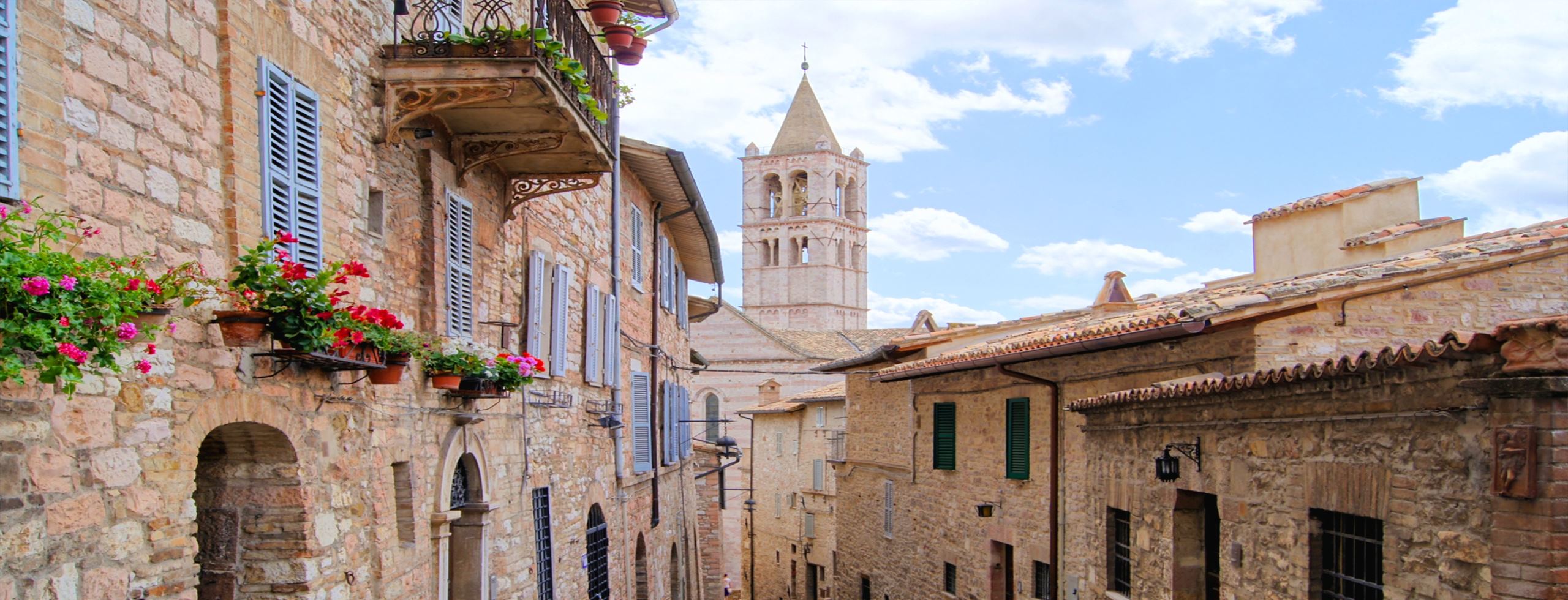Overshadowed by Tuscany for many centuries, Umbria has developed – much like a fine wine – into a truly authentic and exquisite region. With its beautiful countryside, local wines, authentic foods, and culturally rich towns and cities, Umbria allows visitors to see an Italy of old. Located in the province of Perugia, on the western side of Mount Subasio, lies the famous town of Assisi, birthplace and home of St. Francis of Assisi. It is in Assisi where you will be able to see the striking Basilica di San Francesco, which is dedicated to the revered saint.
• Rich history
• Historical landmarks
• Religious Significance - Assisi
• Traditional cuisine
• Interesting Wildlife
The region of Umbria took its name from the ancient Italic tribe that first inhabited the area – the Umbri. Being a very fertile region, it was coveted by the Etruscans, who managed to occupy much of the Umbri villages and lands. Rome’s dominance in the area was not greeted well by the Umbri, however over time they were assimilated and integrated into Roman society. With the fall of the Roman Empire, several “suitors” fought over the territories in Umbria, but with the victorious conquest of Northern Italy by Charlemagne, most territories in Umbria came under the rule of the Pope. Although temporarily lost to Napoleon, Umbria returned to the control of the Pope in 1814 until the unification of Italy in 1861.
While Perugia was (and is) the capital city of Umbria, it is the town of Assisi that takes much of the limelight due to the town’s religious ties with St. Francis. Born of wealthy parents, St. Francis turned his back on the “worldly life” and decided to live in poverty. Being the first recorded person to bear the stigmata, he was pronounced a saint by Pope Gregory IX in 1228. St. Francis of Assisi is one of Italy’s two patron saints – the other being Catherine of Siena – and is deeply respected by the Italians.



 View Map
View Map 

